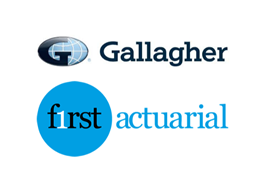A service from DG Publishing
Govt proposes ‘find and view’ dashboards amid public sector delay

The government will be moving forward with the ‘find and view’ functionality on pensions dashboards from launch day, despite industry concerns about the size of the task ahead, while it acknowledged that public sector schemes will only be onboarded in 2024 due to the “considerable work” caused by the McCloud remedy.
Register now for FREE to read this article
If you are already a registered you can SIGN IN now
Register today for free!
It’s quick and easy, and as a registered user you’ll have full access to all Pension Expert articles. You will also be able to recieve editorial emails.
- Full access to all news, analysis and expert comment
- The latest industry insights delivered to your inbox on a Tuesday and Thursday morning
- The Friday Takeaway newsletter reviewing the major events of the week
- Bookmark your favourite articles for easy review
- Hear about and register to attend Pensions Expert and DG Publishing events






